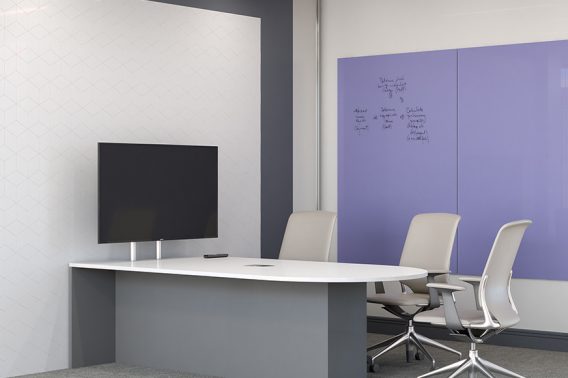Teachers and school administrators across the country are aware of the necessity to adapt their classrooms to new learning styles. However, they are only now realizing the importance of flexible classroom furniture in order to make everything work.
The Shift to Flexible Learning Environments
 Active and collaborative learning is a welcome change to the traditional learning environment. This includes the ability to create lessons and layouts that are tailored to students’ learning needs.
Active and collaborative learning is a welcome change to the traditional learning environment. This includes the ability to create lessons and layouts that are tailored to students’ learning needs.
Many schools don’t know how to transform a traditional lecture-based classroom into something more flexible and collaborative. Professionals want to find ways to align their classroom furniture with their teaching style and students’ learning styles.
You’re probably like most administrators and teachers, asking questions such as “What layout is best for my school?” When choosing new, flexible classroom furniture, what features should I be looking for? Is it possible to convert in stages? What is the best place for?
A Flexible Approach to Individual-Based Learning
Research supports project-based, collaborative learning, blended and flipped classrooms, active learning strategies, and active learning strategies, as proven methods to increase student engagement, achievement, and productivity. However, traditional or individual instruction is still needed. Students require a learning environment that allows them to focus, work and show their content knowledge.
Lecture-based learning has been a traditional method of learning. The focus is on the material, and the instructor delivers the message. Teachers teach the lesson, and students hear it.
Instructors are now expanding the lecture-based model to include cognitively stimulating activities. Students can use activities such as goal setting, reflection journals, focus writing, assessments, self-organization, and assessment to develop important skills that will support their academic and social-emotional growth.
Promote Collaborative Learning Using Flexible Classroom Furniture
The traditional classroom layout is very rigid and rigid by nature. While the teacher is seated at the front of the class, students are arranged in rows. This arrangement is not conducive for collaboration.
How are things changing? Teachers are adapting their teaching methods to accommodate students’ learning styles. Teachers have more options for creating learning environments that are flexible to accommodate students’ learning styles by using flexible classroom furniture. Flexible, mobile and collaborative classroom furniture is available in a variety of sizes to support teachers’ engagement with their students.
A teacher may need to set up an individual-based setup in the morning, but will have to change to a collaborative arrangement for the afternoon while students complete practical exercises.
In a world constantly changing, we live, learn, and teach in new spaces. While a one-size-fits all approach to classroom furniture and setup might have been successful 50 years ago, today’s teachers and students have access to more resources than ever. Flexible classroom furniture is being used by schools to facilitate collaborative and active learning.
How to Start Using Flexible Classroom Furnishings
We can help you enjoy all the benefits of a collaborative learning environment at school. Exact Furniture is passionate about helping educators and administrators find the right school furnishings to support student success. To get more ideas, visit the Products Section or speak with a dealer.





